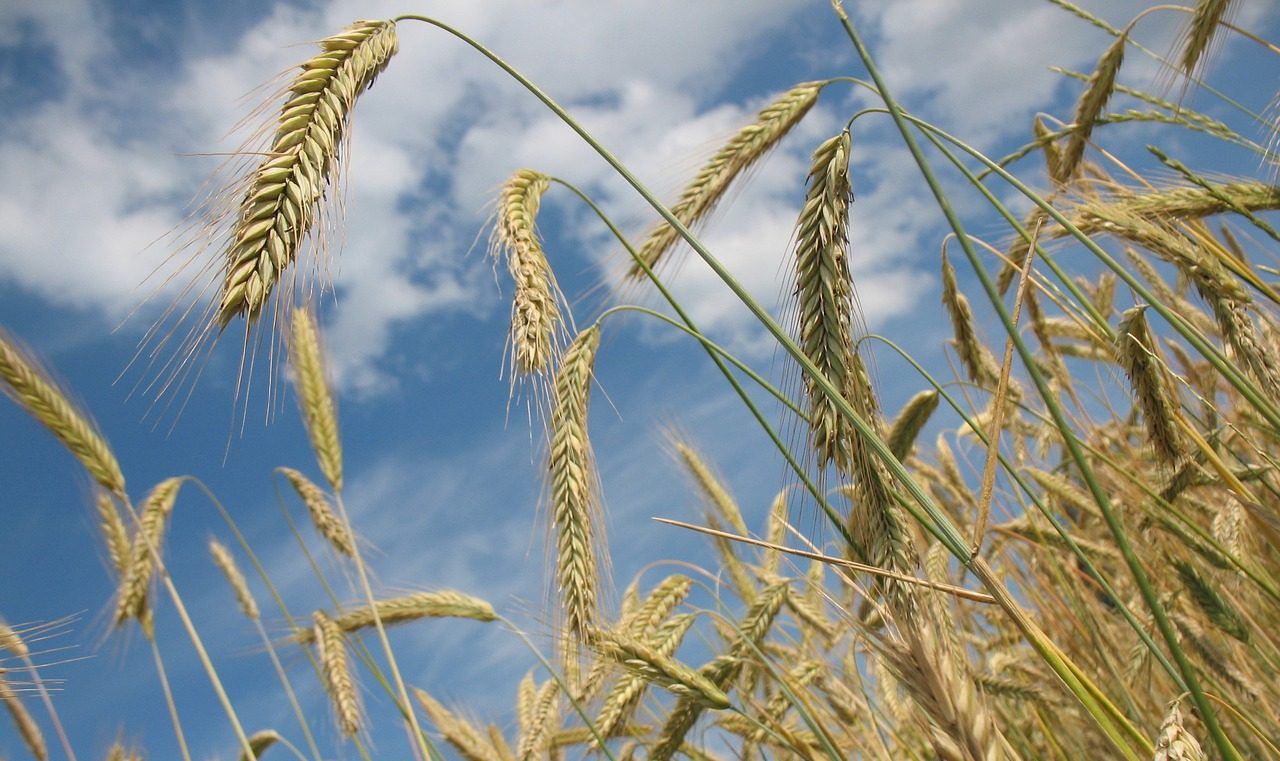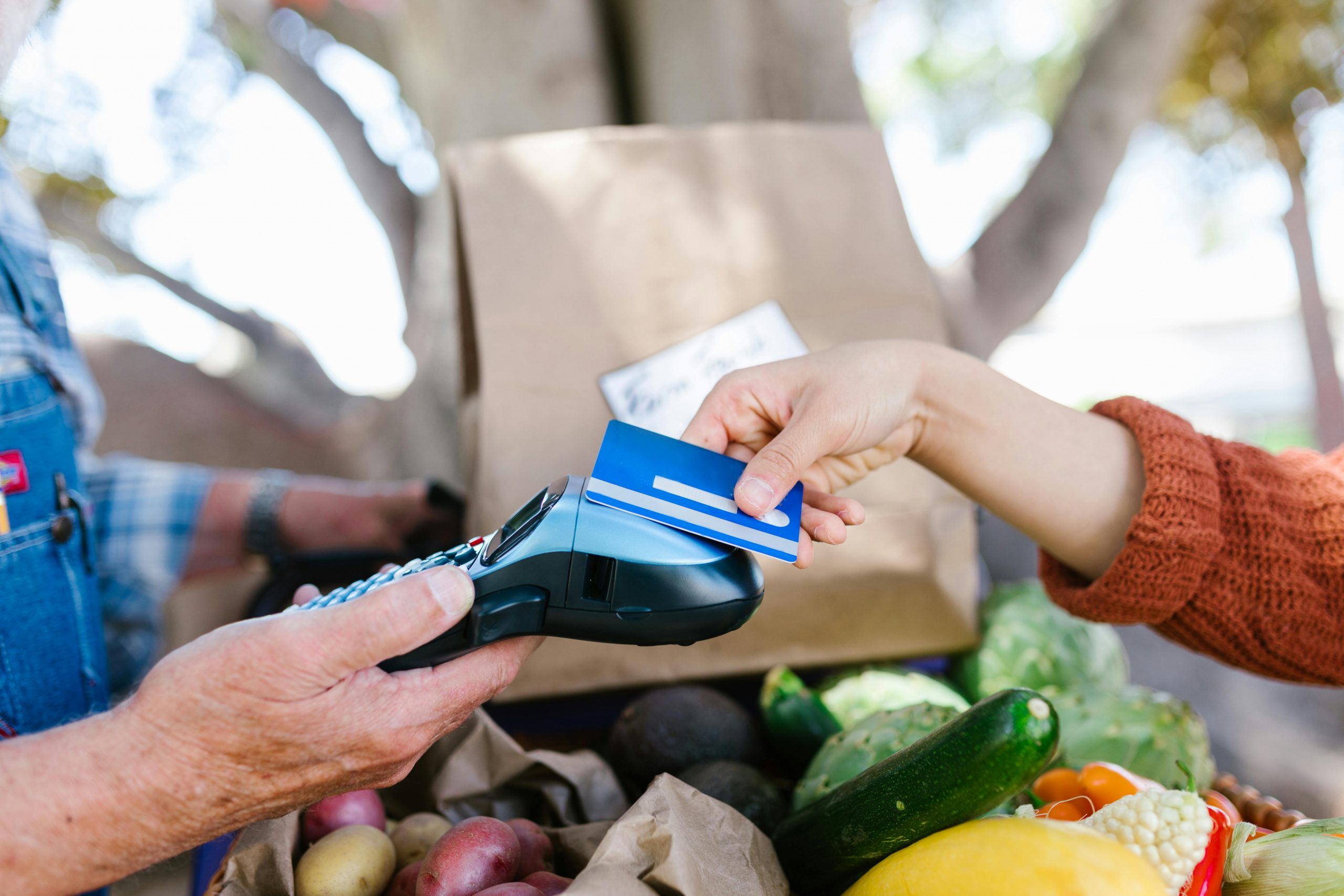
Experts of the MBH Bank shared their visions at a press conference on Tuesday.Continue reading

The rise in food prices is no longer pushing up inflation this year, but holding it back, claim analysts at Erste Bank. However, the special tax and the recovery in demand will put upward pressure on prices, writes Világgazdaság.
“Food prices will consolidate this year and return to a single-digit growth level,” said Zoltán Fórián, chief agricultural analyst. In numerical terms, the forecast means that farm-gate prices could be 2-4 percent higher than a year earlier, domestic food industry transfer prices 3-5 percent higher and food retail prices 3-4 percent higher than a year earlier.
Retail sales volumes will increase after last year’s decline, but will continue to be characterized by “bargain hunting,” with shoppers looking for discounted, cheaper products,
he noted.
In agriculture, the market position of crop growers is being eroded, as they are rapidly being squeezed out of export markets. Spring sowings are already here, summer harvests are on the horizon, meanwhile warehouses are full and keeping prices under pressure, said the expert. The agricultural situation in the country is characterized by the fact that after a turnaround last year and a long period of secure income for crop producers, last year was a year for livestock producers, and this year is no different, he added.
Erste analysts therefore expect a further slow rise in purchase prices from the summer onward, compared with the current price level.
In the meantime, many investments are “coming to fruition,” production is becoming even more efficient, and the already started herd growth may be stabilized as pig farmers on modern farms offset the exit of smaller farmers.
In addition to global and regional factors, country-specific factors, such as the price cap and special retail taxes, also pushed up food inflation in 2022,
but if we exclude home delivery and eating out, we can already talk of falling food prices,
said János Nagy, macroeconomic analyst at Erste. He cited an analysis showing that among processed and unprocessed food, the former has seen a considerable rise in prices, highlighting weaknesses in the industry’s competitiveness. This was mainly due to energy efficiency and low labor productivity, he explained.
Increased risks from special taxes and other burdensome regulations on retailers are putting upward pressure on prices, so the expected recovery in consumption could easily lead to higher inflationary pressures in this sector again.
All in all, food price developments in 2024, unlike the previous two years, could pull inflation down rather than up, with Erste forecasting it to be 4.7 percent this year,
he added.
Via Világgazdaság, Featured image: Pexels